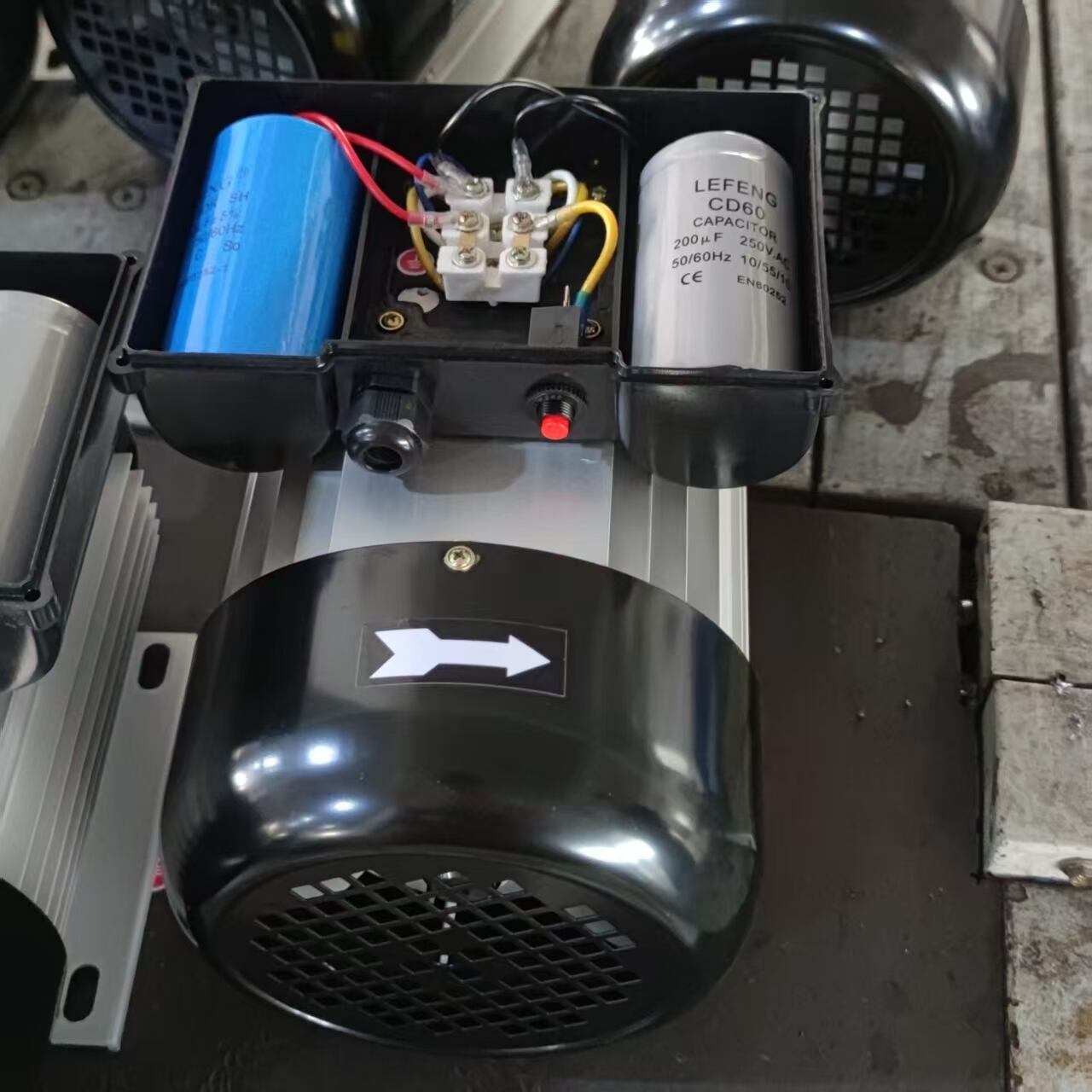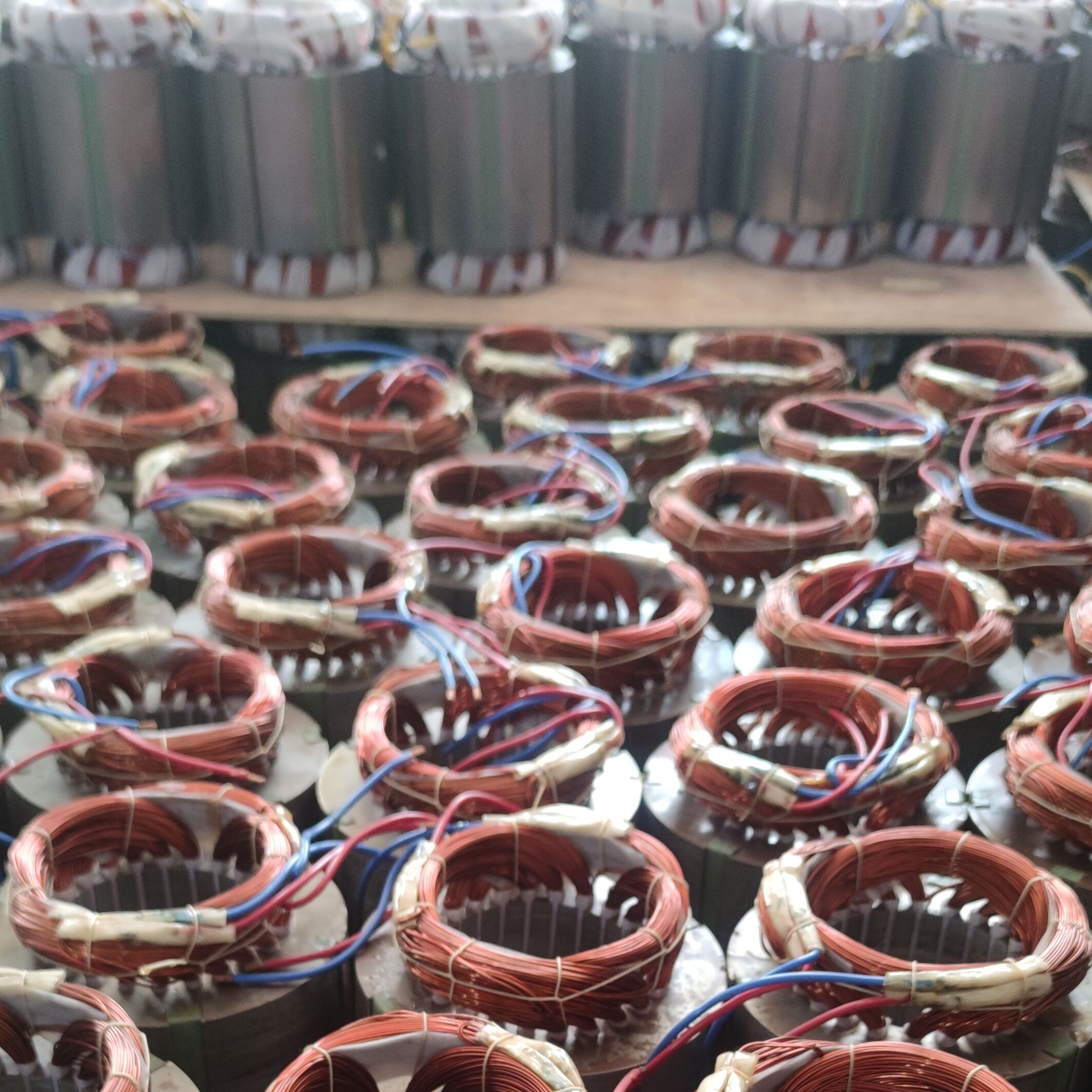Understanding Workshop Power Requirements for Electric Motors
Selecting the right single phase motor for your workshop tools is a crucial decision that impacts both productivity and operational efficiency. These motors serve as the heart of various workshop equipment, from table saws and drill presses to air compressors and dust collection systems. Making an informed choice requires understanding the fundamental aspects of motor specifications and your specific workshop needs.
Essential Components of Single Phase Motors
Motor Housing and Construction
The construction quality of a single phase motor directly influences its durability and performance. Premium motors feature robust cast iron or aluminum housings that provide excellent heat dissipation and protection against mechanical stress. The bearing system, typically consisting of sealed ball bearings, ensures smooth operation and extended service life. Quality motors also incorporate thermal protection mechanisms to prevent damage from overheating.
Power Rating and Efficiency Considerations
Power output is measured in horsepower (HP) or kilowatts (kW), and selecting the appropriate rating is crucial for optimal tool performance. A single phase motor that's too weak will strain under load, while an oversized one wastes energy and increases operational costs. Most workshop tools require motors ranging from 1/4 HP to 5 HP, depending on the application. Energy efficiency ratings, such as IE1, IE2, or IE3, indicate the motor's ability to convert electrical energy into mechanical power.
Performance Specifications and Selection Criteria
Speed and Torque Requirements
Motor speed, measured in RPM (revolutions per minute), determines the operating characteristics of your workshop tools. Standard single phase motors typically run at 1725 or 3450 RPM, with the choice depending on the specific application. Lower speeds generally provide higher torque, which is essential for heavy-duty applications like table saws and planers. Variable speed capabilities might be necessary for certain tools requiring precise control.
Voltage and Current Specifications
Most workshop single phase motors operate on standard residential voltage (115V or 230V). The choice between these voltages affects installation requirements and operating costs. Higher voltage motors typically offer better efficiency and can handle heavier loads, but may require special wiring. Current draw specifications are crucial for ensuring your electrical system can support the motor without overloading circuits.

Environmental and Operating Conditions
Temperature and Ventilation Factors
Workshop environments can vary significantly in temperature and air quality. A single phase motor must be capable of operating reliably within your specific conditions. Motors with higher IP (Ingress Protection) ratings offer better protection against dust and moisture. Proper ventilation is essential for motor cooling, and some applications may require additional cooling mechanisms or temperature monitoring systems.
Duty Cycle and Load Patterns
Understanding your tool's duty cycle helps in selecting a motor that can handle the required workload. Continuous duty motors are designed for extended operation, while intermittent duty motors need cooling periods between operations. The starting method (capacitor start, split phase, or others) should match your application's starting torque requirements and frequency of starts/stops.
Installation and Maintenance Considerations
Mounting Options and Flexibility
The mounting configuration of a single phase motor must be compatible with your tool's design. Common mounting styles include foot mounting, face mounting, or flange mounting. Some applications may require special mounting arrangements or adaptors. Consider the physical space available and accessibility for maintenance when selecting the mounting type.
Maintenance Requirements and Serviceability
Regular maintenance ensures optimal motor performance and longevity. Choose motors with accessible lubrication points and easily serviceable components. Modern single phase motors often feature sealed bearings and minimal maintenance requirements, but regular inspection schedules should still be maintained. Consider the availability of replacement parts and local service support when making your selection.
Cost Analysis and Long-term Value
Initial Investment Considerations
While purchase price is important, it shouldn't be the only factor in motor selection. Higher quality single phase motors often command premium prices but offer better efficiency and reliability. Consider the motor's expected service life, warranty terms, and potential downtime costs when evaluating different options. Energy efficiency ratings can significantly impact long-term operating costs.
Operating Cost Projections
Calculate the total cost of ownership, including energy consumption, maintenance requirements, and potential replacement costs. Energy-efficient motors may have higher initial costs but can provide substantial savings over their operational life. Factor in local electricity rates and expected usage patterns when comparing different motor options.
Frequently Asked Questions
What size single phase motor do I need for my workshop tools?
The required motor size depends on your specific tool and application. Generally, light-duty tools like small sanders or drill presses need 1/2 HP or less, while heavy-duty equipment like table saws or large air compressors may require 2-5 HP. Always check the tool manufacturer's specifications for recommended motor sizes.
How do I determine the proper voltage for my single phase motor?
Consider your workshop's existing electrical system. Most residential workshops use 115V circuits, suitable for smaller motors up to 1-2 HP. Larger motors typically require 230V power, which may need special wiring installation. Consult an electrician to ensure your electrical system can support your chosen motor.
What maintenance schedule should I follow for my workshop motor?
Regular maintenance includes monthly visual inspections, quarterly cleaning of ventilation passages, and annual bearing checks. Motors with sealed bearings require less frequent maintenance, but you should still monitor for unusual noise, vibration, or temperature changes. Keep detailed maintenance records and follow manufacturer guidelines for specific maintenance intervals.

